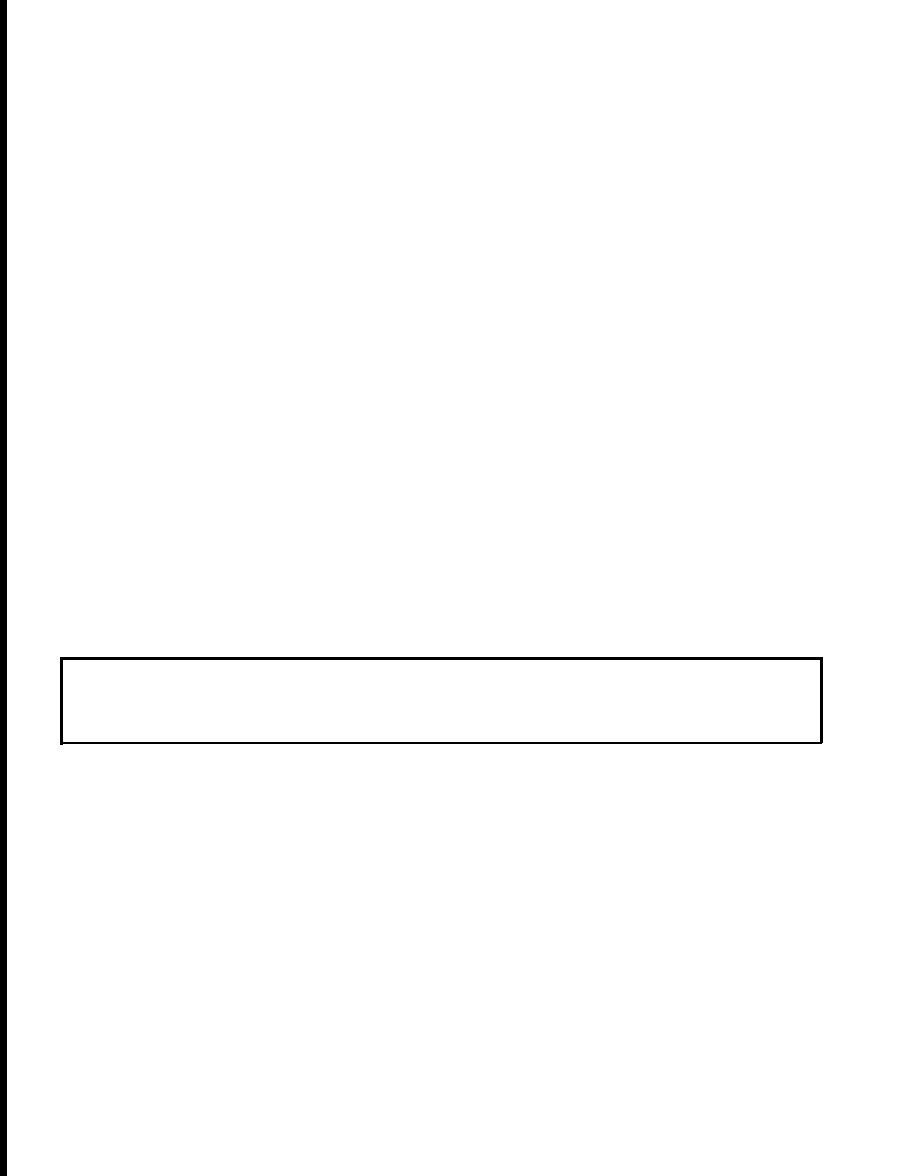

Custom Search
|
|

|
||
 TM 5-683/NAVFAC MO-116/AFJMAN 32-1083
since there is voltage present within the enclosure.
the number of operations the unit has made. In all
It is better to move the unit completely away from
cases, open the circuit first. This is done by moving
the enclosure (fig 29). The following inspection and
t h e control handle from "AUTOMATIC" to
maintenance operations can be done on the drawout
"MANUAL" and then manually opening the circuit.
unit:
The control handle and/or operating mechanism
(1) Clean the breaker assembly. Use of a
should then be locked in the "OPEN" position before
vacuum cleaner is preferred. Use cloth rags free of
further work is done. Maintenance should include
oil or grease for removing clinging dirt.
cleaning any accumulation of dust, dirt or corrosion
(2) Remove arc quenchers. Replace if damaged.
deposits, a thorough visual inspection, and overall
(3) Inspect main contacts (fig 2-10). Smooth
performance tests. Should the operation of any part
any heavily frosted area with a very fine file or a
be suspect, refer to the manufacturer's instructions
burnishing stone which does not shed abrasive par-
describing operation, adjustment, and replacement
ticles. Protect hinged joints from falling particles
of these parts. If the network sensing relays are out
during filing.
of calibration, they should be recalibrated by com-
(4) File smooth any especially high projections
petent shop personnel. The network protector is
of metal on arcing contacts.
housed in a cell or enclosure similar to those used
for air circuit breakers (fig 2-8). The circuit breaker
(5) See that all electrical connections are tight.
(6) Look for any abrasion of wire insulation
mechanism and the network relay panel assembly
and repair.
of a network protector are usually constructed aa an
(7) Check for signs of overheating of control
integral, drawout unit which must be withdrawn
wire and current carrying parts.
fmm the housing for proper maintenance. Removal
(8) See that all springs are in good condition
is done by unbolting the fuses at the top (usually)
and are properly seated in place.
and the disconnecting links at the bottom (some
(9) See that all nuts, pins, snap rings or retain-
models have bolt-actuated disconnecting fingers at
ers, and screws are in place and tight.
the bottom). After removing any additional lock-
down bolts or latches, the drawout unit may be
(10) Replace any broken or missing barriers.
(11) With the rollout unit still set aside, per-
carefully withdrawn using the rails provided for
form the following maintenance operations inside
support. Although this provides a comparative
the enclosure:
measure of safety, work should be done cautiously
**WARNING**
Both source and load terminals are probably still energized. Use insulated tools and safety
protective equipment for this work. Do not remove any barriers from the enclosure.
2-8. Auxiliary switchgear equipment.
(a) Look for loose hardware on the enclosure
bottom or beneath the frame. If any is found, trace
Auxiliary equipment includes devices such as fuses,
to source and correct problem or replace.
capacitors, meters, relays, etc. This equipment
should be serviced along with the major switchgear
(c) Remove oxide film from terminal contacts
components, unless there is some indication that a
if necessary.
device is being heavily or improperly used, in which
(12) Manually close and trip the breaker
case it should be inspected more often. Protective
mechanism according to instructions furnished for
relays and meters should be inspected and cali-
the particular model.
brated on a scheduled basis. Critical service equip-
(13) Perform an operational test using a net-
ment should have the protective relays checked at
work protector test kit.
every maintenance turn (annually or according to
(14) Conduct insulation resistance tests, di-
manufacturer's recommendations). Relays applied
electric test and electrical operating test in accord-
to other general distribution circuits may be done
ance with the manufacturer's recommendations.
less frequently (see para 2-8h).
(15) Carefully replace the drawout unit in the
a. Fuses. Fuse maintenance is covered as a sepa-
enclosure. Make a final inspection to be sure no
control wiring has become snagged, and that no
rate category of electrical equipment (para 5-4d).
plugs or connecting surfaces have been bent or dam-
b. Capacitors. The maintenance requirement on
aged.
power capacitor installations is so small that its
2-12
|
 |
|
 |
||